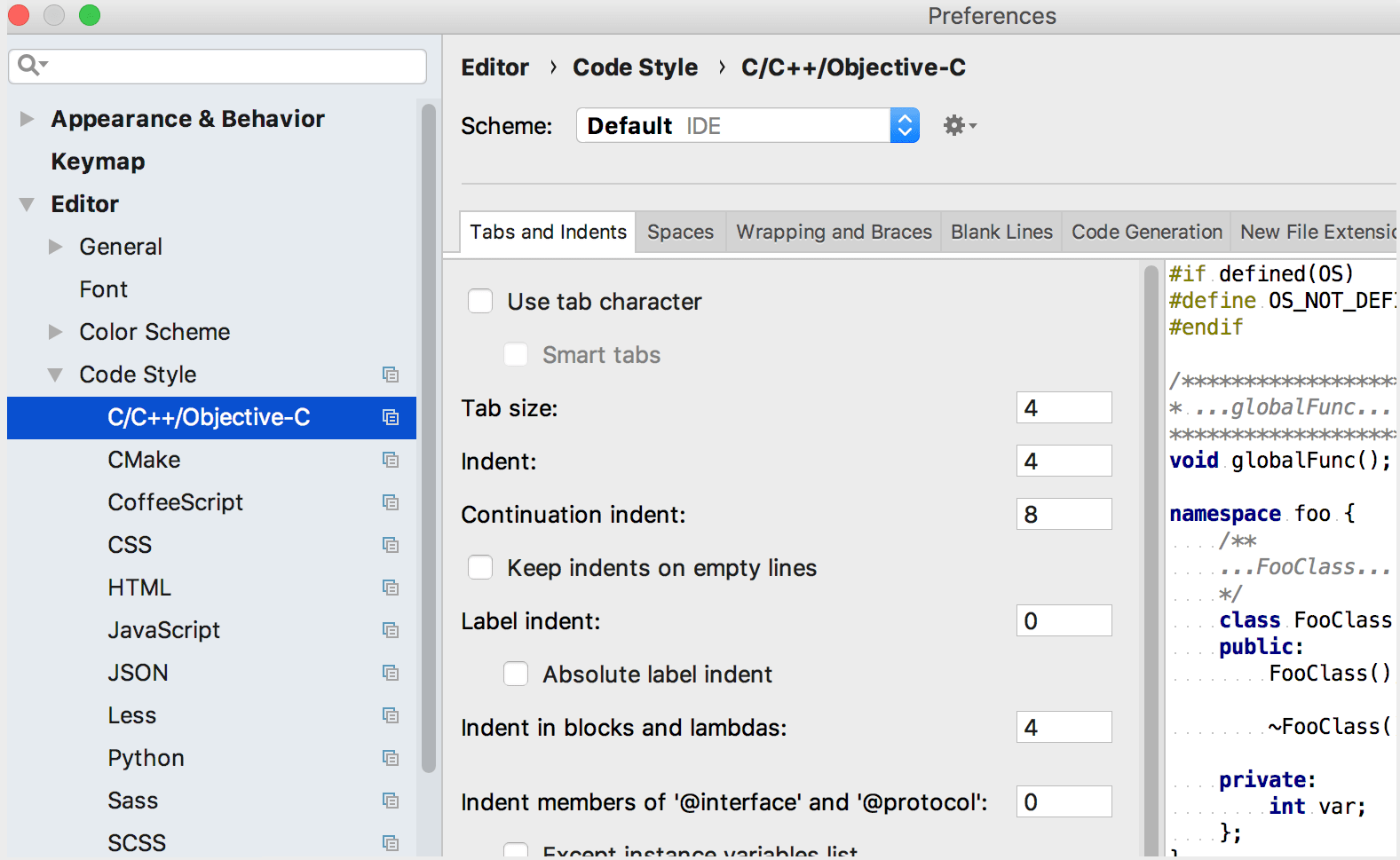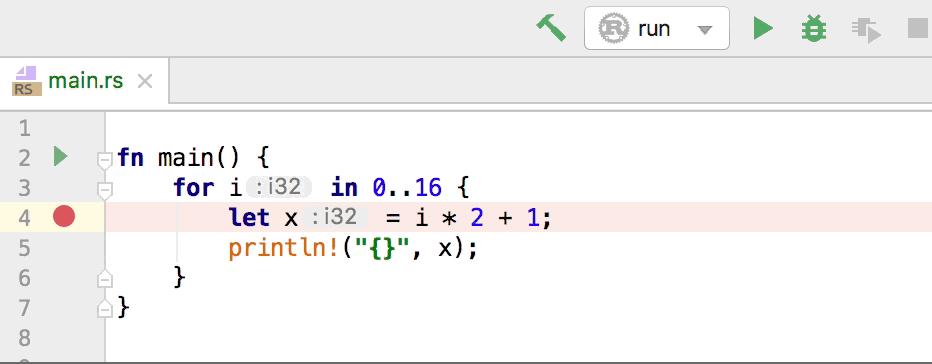Clion Registry Key
If you’re certain that a registry key is the root of a problem, you can delete it using the windows regedit tool. To launch regedit, hit the Windows key + R, type “regedit” without the.

Local History helps you constantly track all changes made to a project independently of version control.
This software can also load registry keys from Windows installations on other drives (tools Load Hive). Listed our Windows 10 Pro install as Enterprise. Find your key from outside Windows. Registry Key to Disable UAC Easiest way to Disable Disable UAC ( User Acces Control ) is to modifying registry on the machine.You may use the attached reg file to Disable the UAC. Simply, double click the registry file and settings will be imported on the machine.Manual procedure to disable UAC is given bel.
Unlike version control systems, which only keep track of the differences made between commits, Local History offers much more. It automatically records your project's state as you edit code, run tests, deploy applications, and so on, and maintains revisions for all meaningful changes made both from the IDE and externally.
Acting as your personal version control system, Local History lets you restore deleted files, bring back separate changes, or roll back to any state of a file even if no version control is enabled for your project yet, or if an unwanted change was made after your last commit. It may also serve as a recovery source if your computer restarts unexpectedly before you can take any action.
Note that Local History is not a replacement for a proper version control for long-term versioning. Local History is cleared when you install a new version of CLion. It also has a retention period and maximum size, so revisions are not guaranteed to persist.

Restore changes
Let's imagine you made a series of changes to a file since your last commit before your realized you've deleted a meaningful chunk of code. The Undo action can't help you here because that change is too far away and you'll be forced to discard other changes if you use it.
With CLion you can restore that change in a couple of clicks.
Right-click anywhere in the editor and choose Local History | Show History from the context menu.
In the dialog that opens, the left-hand pane shows a list of all saved revisions of the current file with timestamps. The right-hand pane shows a diff viewer which displays the differences between each revision and the current state of the file.
Do one of the following:
To revert the whole file or directory to the state of this revision, right-click it and choose Revert from the context menu or click on the toolbar.
To restore a specific code fragment, select the revision that contains that fragment. In the diff view on the right locate the piece of code you want to restore click the chevron button to copy it from the left pane.
Clion License Key
Restore deleted files
If you've accidentally deleted a file that was not under version control, you can restore it with Local History.
Select the folder that contained the file you deleted in the Project view, right-click it and choose Local History | Show History from the context menu.
On the left, select the revision that contains the file you want to restore, right-click that file, and choose Revert Selection.
Add labels to specific states Local History
Local History revisions are normally marked with timestamps, which are not easy to navigate. Some revisions are automatically marked with labels based on predefined events: running tests, deploying apps, committing changes, and so on. You can always add a new label to mark the current state of the Local History, for example right before you start a massive refactoring.
Select File | Local History | Put Label from the main menu.
In the dialog that opens, type any meaningful name for the label and click OK.
Share Local History
Local History does not support shared access, it is stored locally and intended only for personal use. However, you can create a patch file with changes relative to a specific revision, which you can share with others.
Select a revision in Local History dialog and click Create Patch on the toolbar.
In the dialog that opens, specify how you want to create the new patch.
Change Local History retention period
By default, Local History is configured to store revisions for the last 5 working days (that is, days when the file was modified).
Press Ctrl+Shift+A or choose Help | Find Action from the main menu, and type
Registry.In the Registry editor, locate the
localHistory.daysToKeepkey and change its value.Click Close and restart CLion for the changes to take effect.
Alternatively, you can pass the localHistory.daysToKeep parameter as a Java property by configuring JVM options. For example, to set retention to 30 days, add the following line to the JVM options file:
If you want to disable Local History completely, set the retention period to 0.
Location of Local History files
Clion License
Local History is stored as binary files under the LocalHistory subdirectory in the CLion system directory:
- Syntax
- %LOCALAPPDATA%JetBrains<product><version>
- Example
- C:UsersJohnSAppDataLocalJetBrainsCLion2020.3
- Syntax
- ~/Library/Caches/JetBrains/<product><version>
- Example
- ~/Library/Caches/JetBrains/CLion2020.3
- Syntax
- ~/.cache/JetBrains/<product><version>
- Example
- ~/.cache/JetBrains/CLion2020.3
You can change the location of the system directory using the idea.system.path property.
Watch this video for a live demonstration of Local History features:
